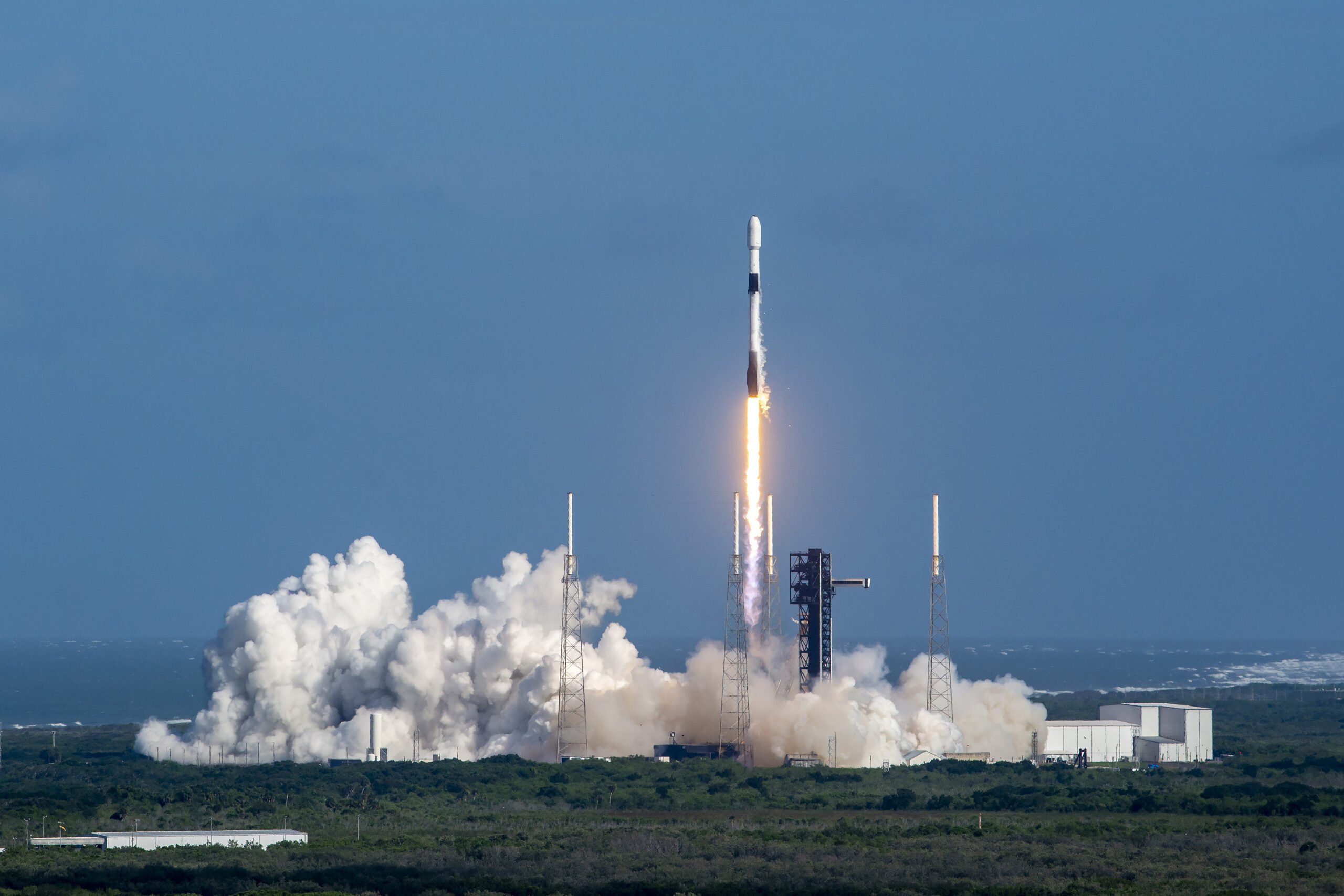Products You May Like
TAMPA, Fla. — SpaceX successfully launched Astra 1P for Luxembourg fleet operator SES June 20 toward geostationary orbit, where it is eventually due to replace four older broadcast satellites over Europe.
A Falcon 9 lifted off 5:35 p.m. Eastern from Cape Canaveral Space Force Station in Florida after twice being delayed a day because of bad weather.
Astra 1P was placed in geostationary transfer orbit around 35 minutes later, not long after the rocket’s first stage successfully landed on a drone ship in the Atlantic Ocean for reuse.
SES was the first commercial satellite operator to launch with SpaceX back in 2013, and in 2017 the company also became the first to use a previously flown booster.
SpaceX booster landings have since become routine and this mission marked the company’s 320th time landing an orbital-class rocket.
The booster that lofted Astra 1P had previously launched eight times, including four missions for SpaceX’s Starlink broadband constellation.
Long journey ahead
Built by Europe’s Thales Alenia Space, Astra 1P is due to spend much of this year using on-board electric propulsion to reach its orbital slot at 19.2 degrees East, where it is slated to complete health checks in time for services to start in January.
SES currently provides TV services to around 119 million households from four satellites at this orbital slot, mostly in Germany, Spain and France.
Astra 1P’s Ku-band capacity would be enough to replace all four of these spacecraft once they retire, according to SES CEO Adel Al-Saleh.
A geostationary communications satellite is typically designed with enough fuel to last around 15 years in orbit. The oldest satellite SES operates at 19.2 degrees East, Astra 1KR, was launched in April 2006.
SES ordered the Ku-band Astra 1Q satellite from Thales Alenia Space at the same time as Astra 1P in 2021 and for the same orbital position.
But while Astra 1P is a classic wide-beam satellite, Astra 1Q is software-defined so it can be reprogrammed to provide connectivity missions if needed following a launch due in 2026.
As the satellite TV market gradually loses out to online streaming services, SES and other legacy broadcast operators are gearing their businesses toward broadband services to meet rising demand for data.
SES announced $3.1 billion plans in March to buy rival satellite operator Intelsat to bolster its connectivity services amid growing competition from Starlink.
The Luxembourg operator said June 19 it had secured a three billion euro ($3.2 billion) debt package to support the deal.
